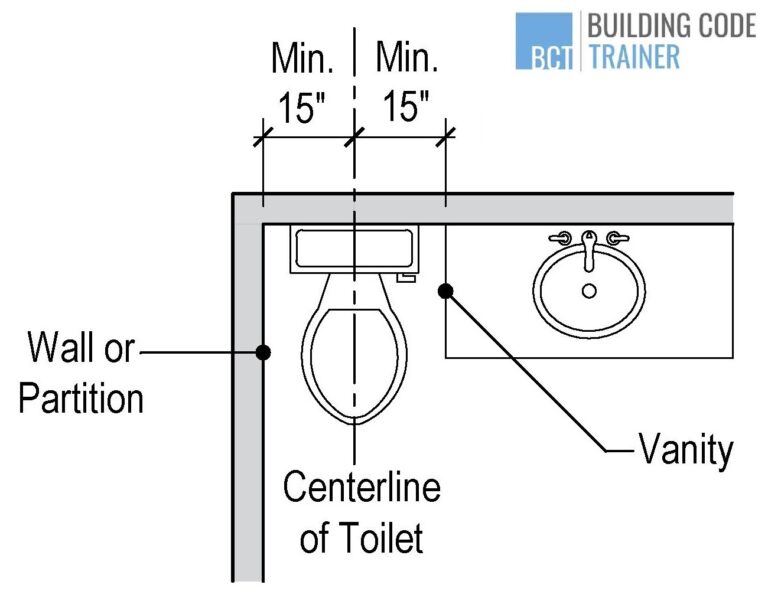Kitchen sinks come in a variety of sizes and styles, but there are some standard dimensions that most sinks adhere to. These dimensions are important to know when purchasing a new sink or planning a kitchen renovation. Let's take a closer look at the standard kitchen sink dimensions and how they can impact your kitchen design.Standard Kitchen Sink Dimensions
The first step in choosing a kitchen sink is to measure the area where the sink will be installed. This will ensure that you select a sink that fits properly and allows for enough space around it for easy use. To measure for a kitchen sink, start by measuring the width of the cabinet where the sink will be installed. Then, measure the depth of the cabinet from the front to the back. Finally, measure the distance between the cabinet and the wall where the sink will be placed.How to Measure for a Kitchen Sink
The distance between your kitchen sink and the wall is an important consideration when planning your kitchen layout. It will impact the functionality and aesthetics of your space. As a general rule, the distance between the sink and the wall should be at least 2 inches. This will allow for proper installation and easy access to the sink.Distance Between Kitchen Sink and Wall
The ideal distance between a kitchen sink and the wall depends on the size of your sink and the space available. If you have a large sink, it is recommended to have at least 3 inches of space between the sink and the wall. For smaller sinks, 2 inches should suffice. This distance will allow for easy cleaning and maintenance of the sink and counter space.How Far Should a Kitchen Sink Be from the Wall?
When installing a new kitchen sink, it's important to take precise measurements to ensure a proper fit. In addition to measuring the width, depth, and distance from the wall, you should also measure the height of the sink. This will ensure that the sink is at a comfortable and ergonomic height for you to use. It's also important to consider the size of your faucet and any additional features, such as a sprayer, that may require extra space.Measuring for a Kitchen Sink Installation
There are some general guidelines to keep in mind when determining the placement of your kitchen sink. The sink should be centered on the counter and placed at a comfortable height for the user. It's also important to consider the placement of other appliances, such as the dishwasher, and ensure that there is enough space between them for easy use. Additionally, the sink should be placed near a source of water and plumbing for easy installation.Kitchen Sink Placement Guidelines
While the minimum distance between a kitchen sink and the wall is 2 inches, it is recommended to have a bit more space for optimal functionality. A distance of 3-4 inches is ideal as it allows for easier cleaning and maintenance of the sink. It also provides enough space for any additional features, such as a soap dispenser or garbage disposal, that may require extra room.Recommended Distance Between Sink and Wall
The proper distance for a kitchen sink from the wall may vary depending on the size and style of the sink, as well as personal preference. However, as a general rule, a distance of 2-4 inches is recommended for optimal functionality. This will provide enough space for easy use and maintenance of the sink and surrounding counter space.Proper Distance for Kitchen Sink from Wall
When it comes to determining the right size for a kitchen sink, there are a few factors to consider. First, think about your needs and how you will use the sink. Do you need a large sink for washing pots and pans, or will a smaller sink suffice? It's also important to consider the size of your kitchen and the available space for the sink. Remember to also take into account the size of your cabinets and countertops, as well as any other appliances that may be nearby.How to Determine the Right Size for a Kitchen Sink
If you're planning to install a new kitchen sink, it's important to take precise measurements to ensure a perfect fit. This includes measuring the width, depth, and height of the sink, as well as the space available for installation. It's also important to consider the placement of other fixtures, such as the faucet and sprayer, to ensure they will fit comfortably with the sink. Taking accurate measurements will help you choose the right size sink for your kitchen and ensure a seamless installation process.Measuring for a New Kitchen Sink
The Importance of Proper Measurements for Your Kitchen Design

The Dimension from Kitchen Sink to Wall
 When it comes to designing your dream kitchen, every detail matters. From the color of the cabinets to the type of countertops, each element plays a crucial role in creating a functional and aesthetically pleasing space. However, one aspect that is often overlooked is the dimension from kitchen sink to wall.
The distance between your kitchen sink and the wall may not seem like a significant factor, but it can have a significant impact on the overall functionality and design of your kitchen. Let's explore why this measurement is essential and how it can affect your kitchen design.
Maximizing Space
One of the primary reasons why the dimension from kitchen sink to wall is crucial is to maximize space. In smaller kitchens, every inch counts, and improper measurements can lead to wasted space or a cramped and cluttered kitchen. By carefully considering the distance between your sink and the wall, you can ensure that you are using your kitchen space efficiently. This will allow for easier movement and better organization, making your kitchen more functional and enjoyable to use.
Plumbing Considerations
Another essential factor to consider when determining the dimension from kitchen sink to wall is plumbing. The distance between your sink and the wall can impact the location of your plumbing pipes, which can affect the placement of other kitchen elements such as cabinets and appliances. By measuring and planning accordingly, you can avoid any potential plumbing issues and ensure a smooth installation process.
Design Aesthetics
The dimension from kitchen sink to wall can also impact the overall design of your kitchen. By considering this measurement, you can create a harmonious and visually appealing space. For example, if you have a large kitchen with a lot of open space, a longer distance between the sink and wall can create a more spacious and open feel. On the other hand, in a smaller kitchen, a shorter distance can make the space feel more cozy and intimate.
Functionality
Lastly, the dimension from kitchen sink to wall can affect the functionality of your kitchen. If you have a larger sink or frequently use large pots and pans, having more space between the sink and wall can make it easier to maneuver and wash dishes. On the other hand, if you have a smaller sink or prefer to have more counter space, a shorter distance may work better for your needs.
In conclusion, the dimension from kitchen sink to wall is an essential factor to consider when designing your kitchen. By carefully measuring and planning this distance, you can maximize space, avoid plumbing issues, create a visually appealing design, and ensure functionality in your kitchen. So the next time you are planning a kitchen renovation or redesign, don't forget about this crucial measurement.
When it comes to designing your dream kitchen, every detail matters. From the color of the cabinets to the type of countertops, each element plays a crucial role in creating a functional and aesthetically pleasing space. However, one aspect that is often overlooked is the dimension from kitchen sink to wall.
The distance between your kitchen sink and the wall may not seem like a significant factor, but it can have a significant impact on the overall functionality and design of your kitchen. Let's explore why this measurement is essential and how it can affect your kitchen design.
Maximizing Space
One of the primary reasons why the dimension from kitchen sink to wall is crucial is to maximize space. In smaller kitchens, every inch counts, and improper measurements can lead to wasted space or a cramped and cluttered kitchen. By carefully considering the distance between your sink and the wall, you can ensure that you are using your kitchen space efficiently. This will allow for easier movement and better organization, making your kitchen more functional and enjoyable to use.
Plumbing Considerations
Another essential factor to consider when determining the dimension from kitchen sink to wall is plumbing. The distance between your sink and the wall can impact the location of your plumbing pipes, which can affect the placement of other kitchen elements such as cabinets and appliances. By measuring and planning accordingly, you can avoid any potential plumbing issues and ensure a smooth installation process.
Design Aesthetics
The dimension from kitchen sink to wall can also impact the overall design of your kitchen. By considering this measurement, you can create a harmonious and visually appealing space. For example, if you have a large kitchen with a lot of open space, a longer distance between the sink and wall can create a more spacious and open feel. On the other hand, in a smaller kitchen, a shorter distance can make the space feel more cozy and intimate.
Functionality
Lastly, the dimension from kitchen sink to wall can affect the functionality of your kitchen. If you have a larger sink or frequently use large pots and pans, having more space between the sink and wall can make it easier to maneuver and wash dishes. On the other hand, if you have a smaller sink or prefer to have more counter space, a shorter distance may work better for your needs.
In conclusion, the dimension from kitchen sink to wall is an essential factor to consider when designing your kitchen. By carefully measuring and planning this distance, you can maximize space, avoid plumbing issues, create a visually appealing design, and ensure functionality in your kitchen. So the next time you are planning a kitchen renovation or redesign, don't forget about this crucial measurement.

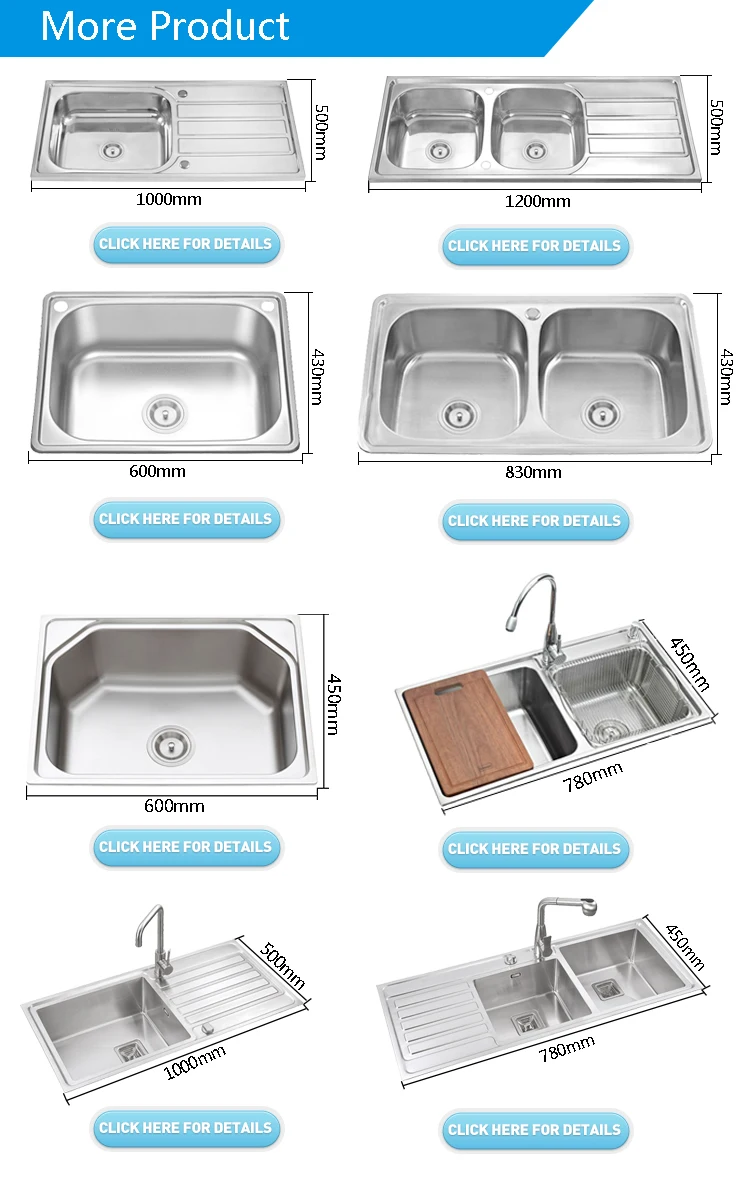
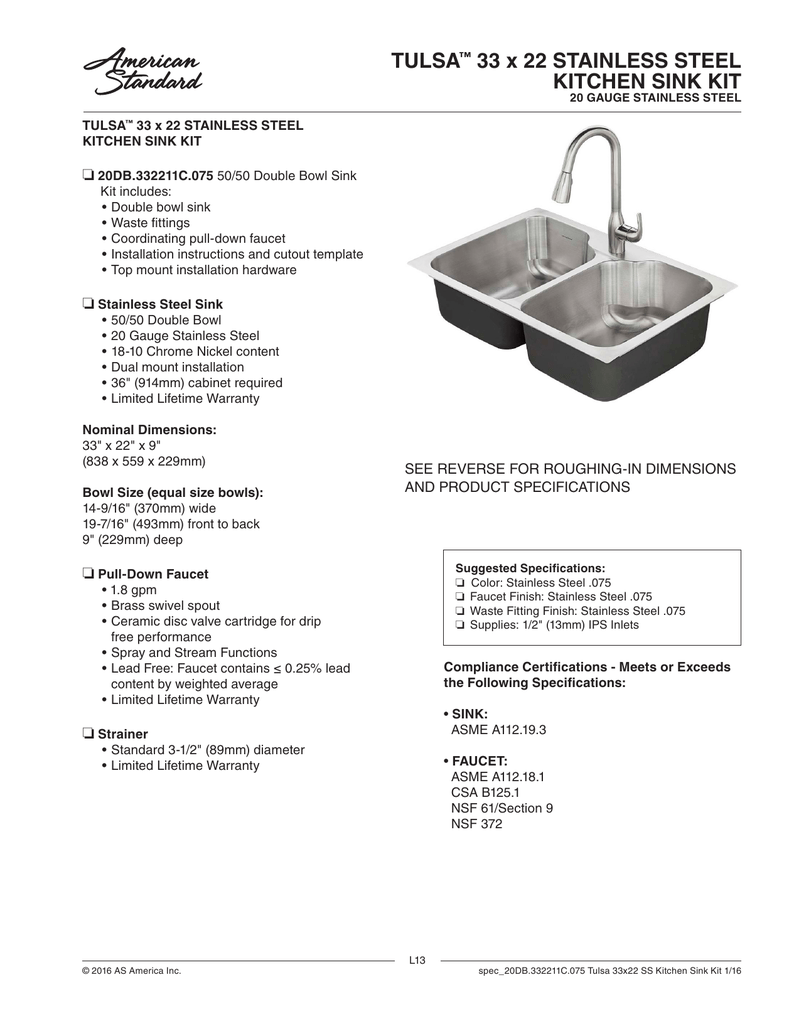







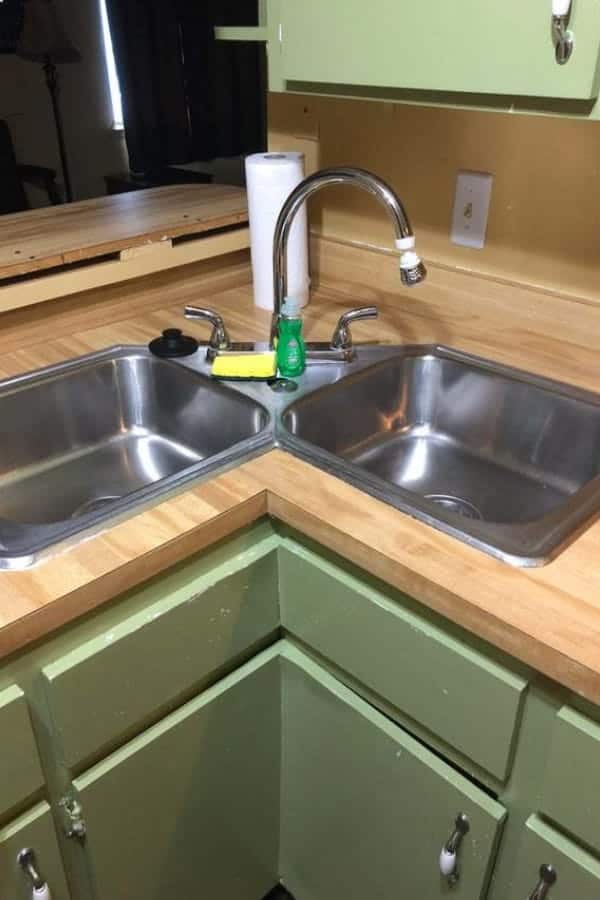

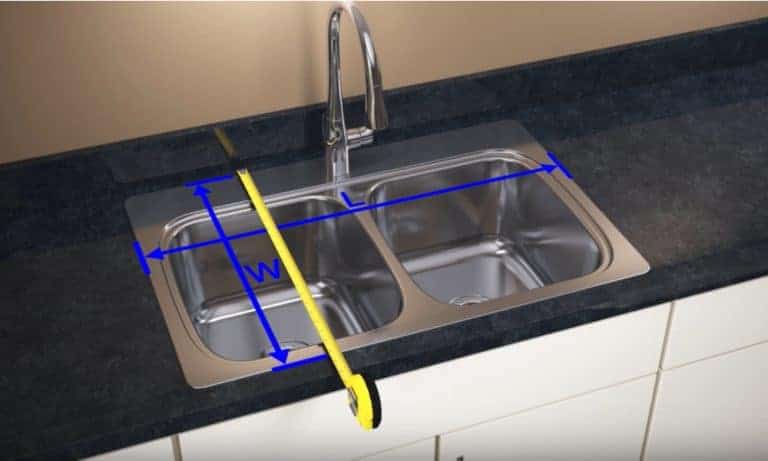







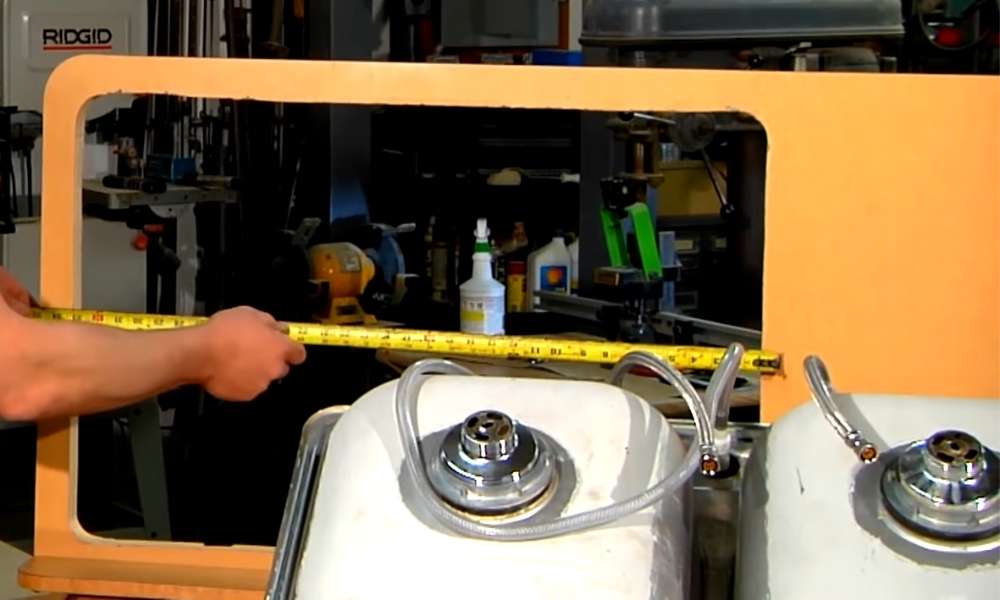





:max_bytes(150000):strip_icc()/distanceinkitchworkareasilllu_color8-216dc0ce5b484e35a3641fcca29c9a77.jpg)
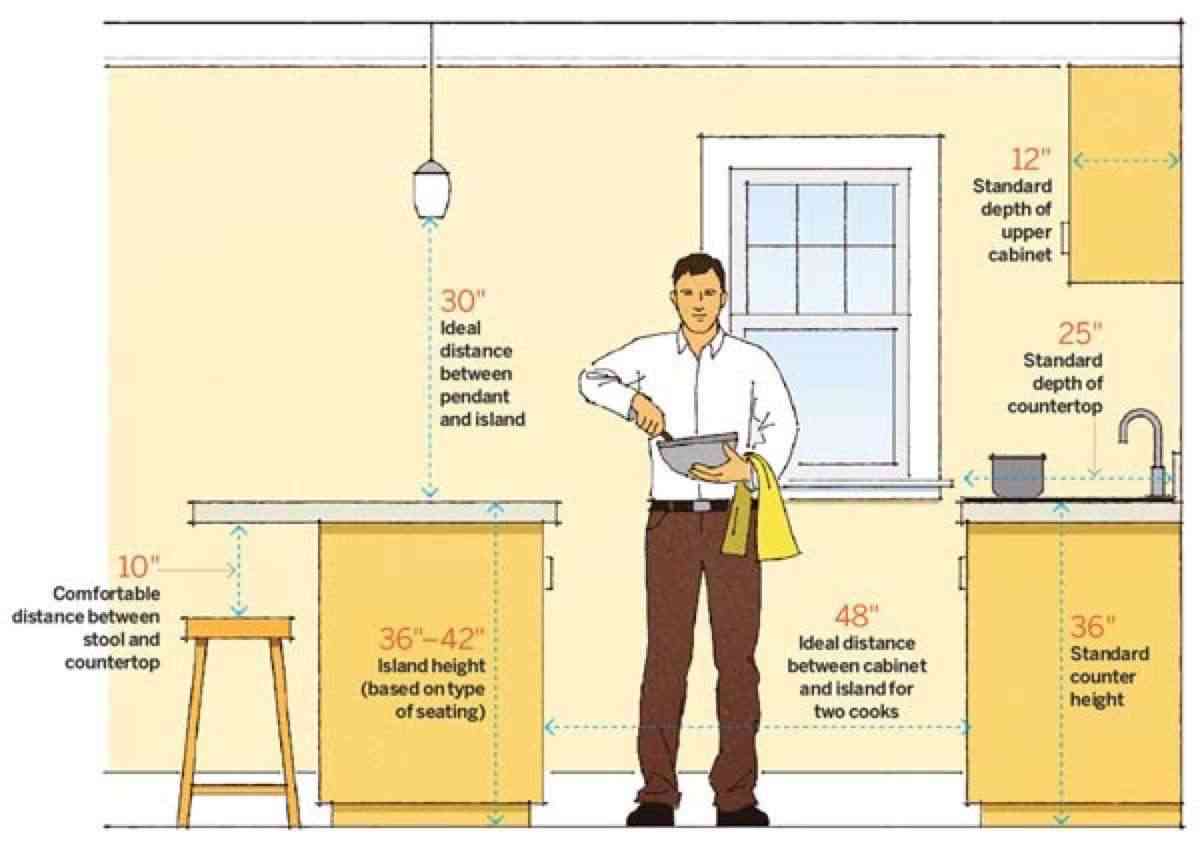
:max_bytes(150000):strip_icc()/dishwasherspacingillu_color8-dbd0b823e01646f3b995a779f669082d.jpg)


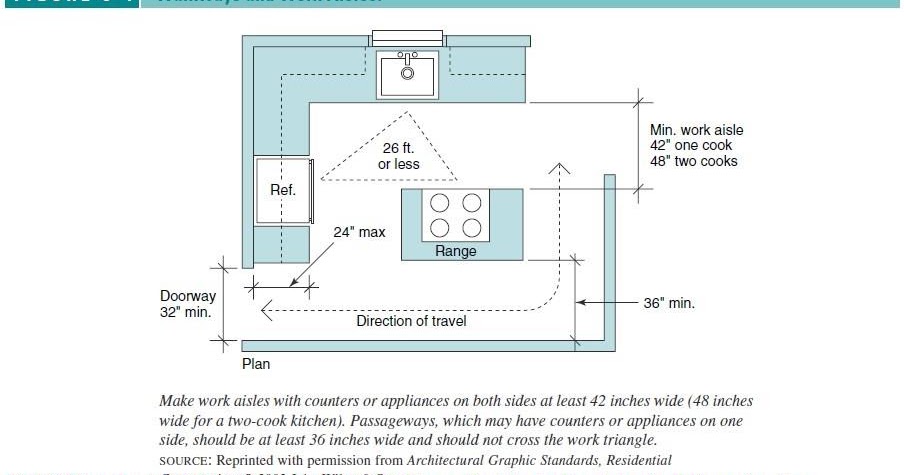
:max_bytes(150000):strip_icc()/worktrialgleillu_color8-9fdc541de41f4810b86b95cc6b455d69.jpg)
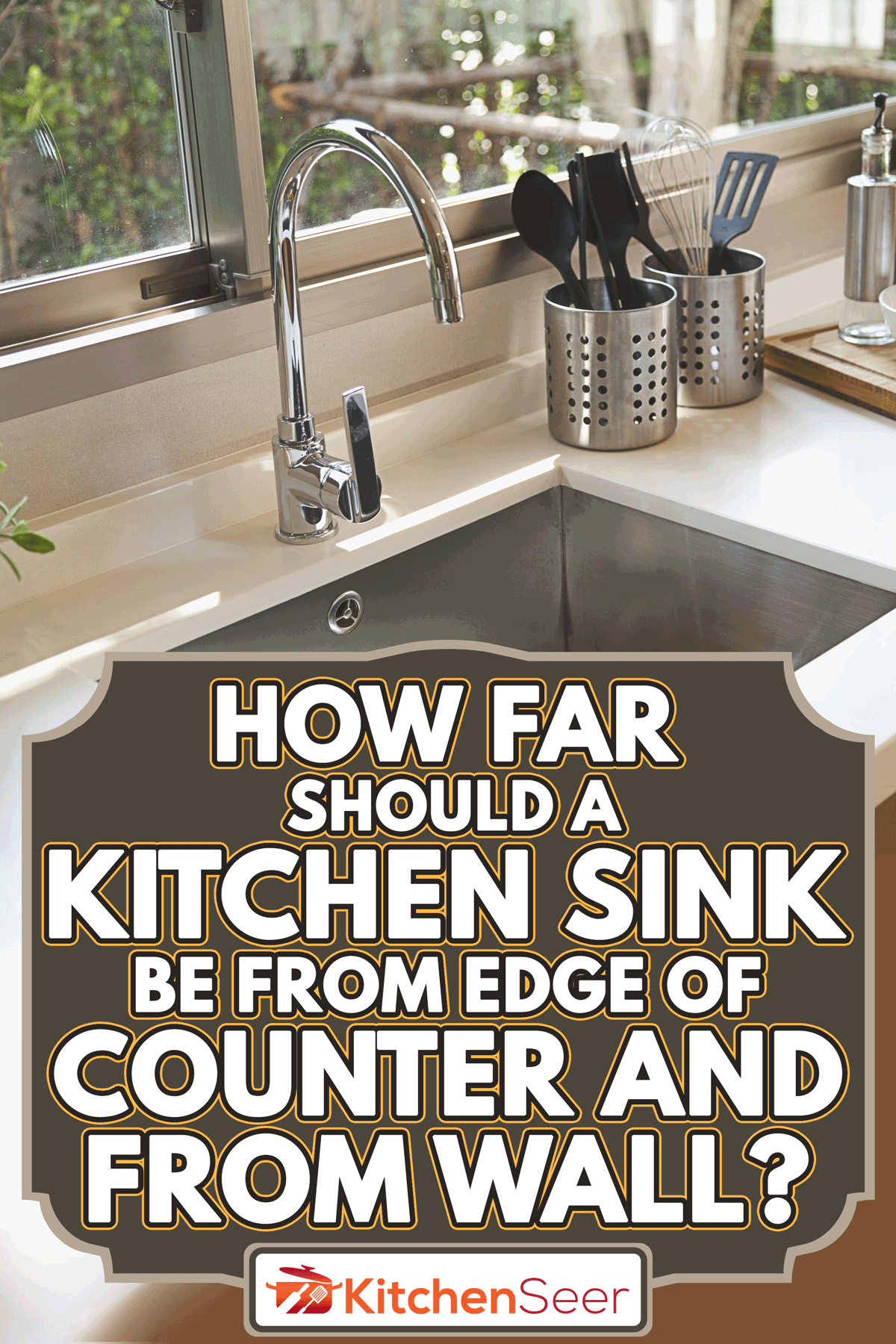




:max_bytes(150000):strip_icc()/kitchenworkaisleillu_color3-4add728abe78408697d31b46da3c0bea.jpg)
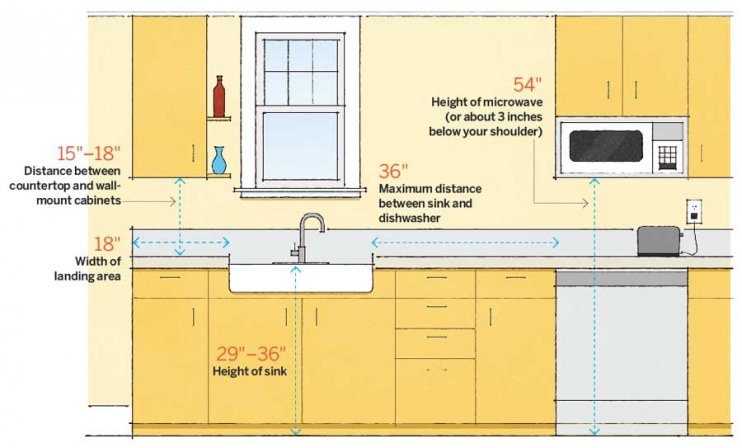




:no_upscale()/cdn.vox-cdn.com/uploads/chorus_asset/file/19495086/drain_0.jpg)




/how-to-install-a-sink-drain-2718789-hero-24e898006ed94c9593a2a268b57989a3.jpg)




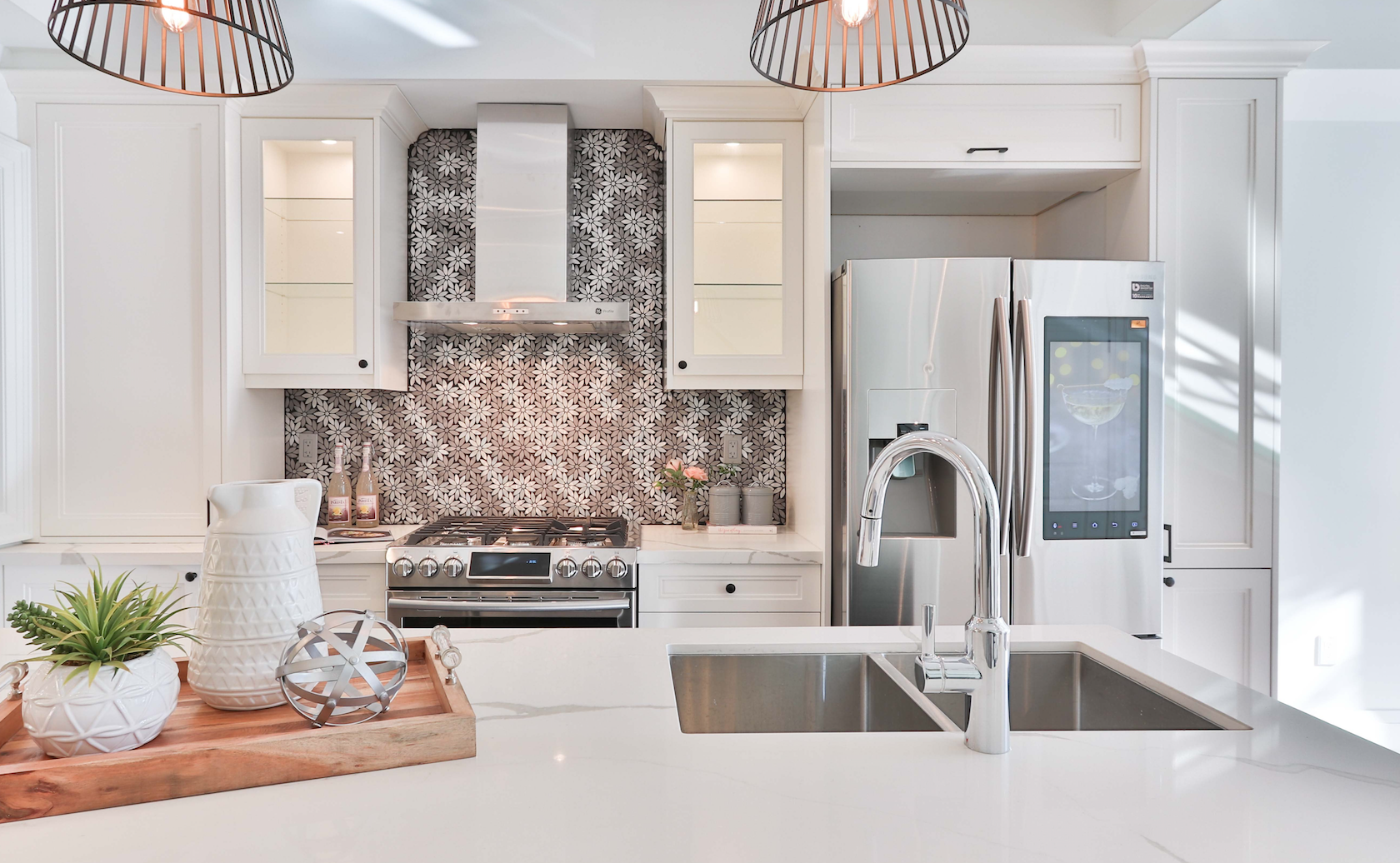






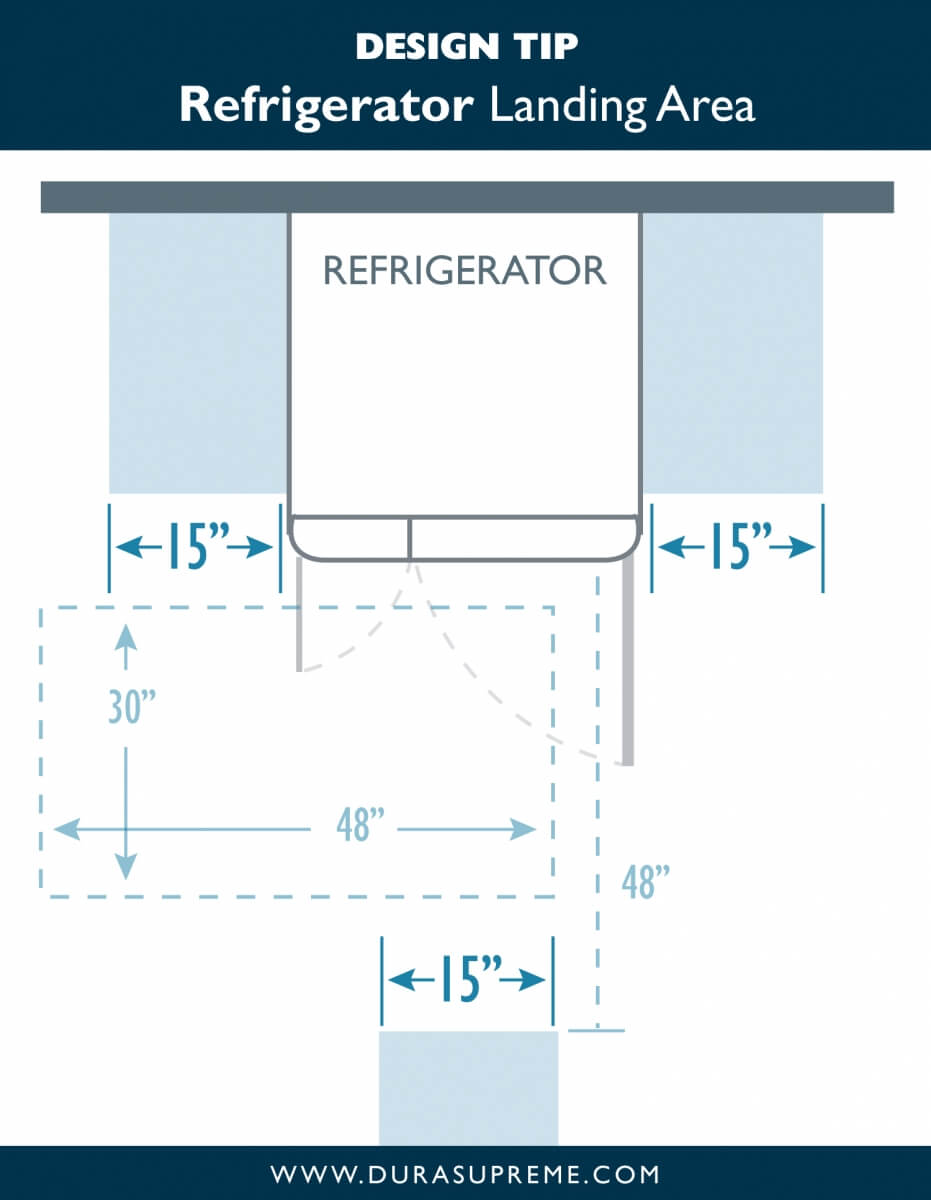
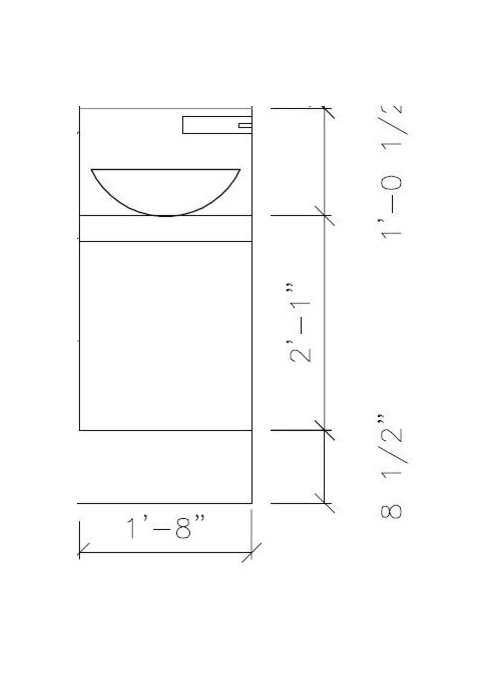
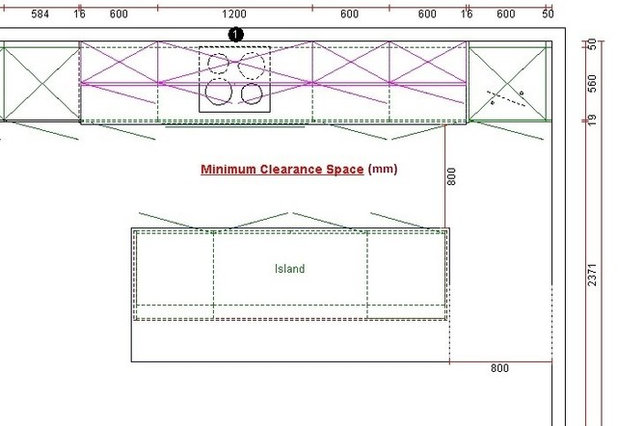
:max_bytes(150000):strip_icc()/seatingreccillu_color8-73ec268eb7a34492a1639e2c1e2b283c.jpg)
